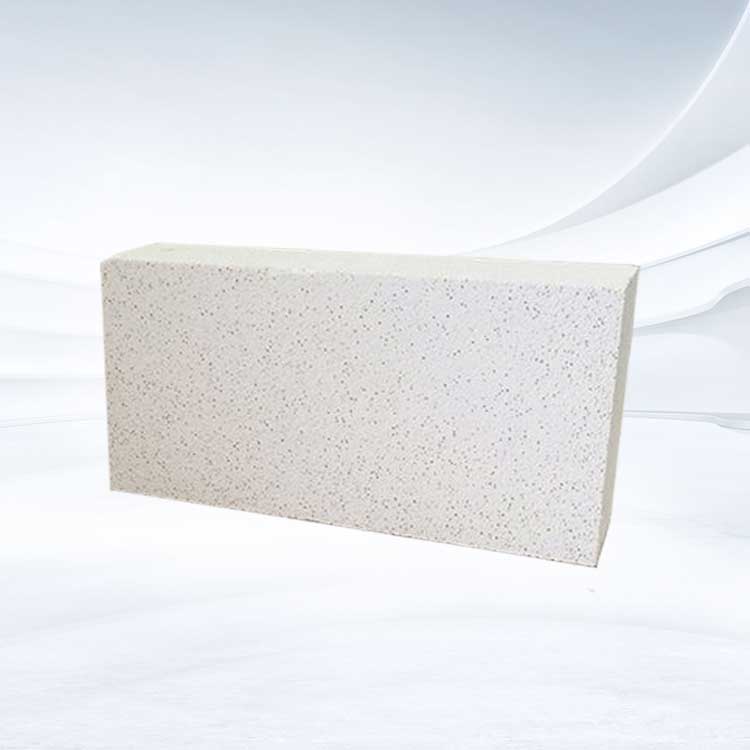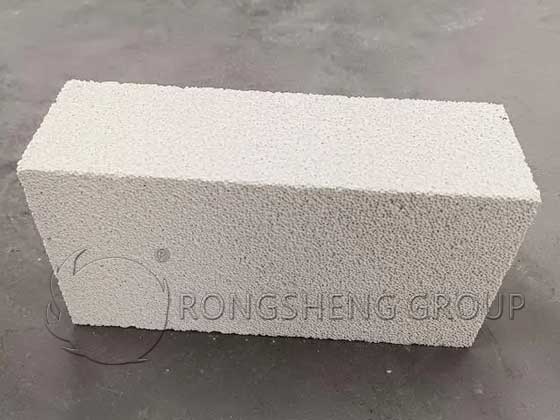The Use of Mullite PolyLight Bricks and the Use Temperature of Different Grades
Mullite polylight bricks are generally marked with JM, where J is the first letter of the pinyin of polylight and M is the first letter of the pinyin of mullite. They are mainly used for heat preservation in the linings of various high-temperature furnaces to improve the heat preservation effect of high-temperature furnaces and reduce energy consumption. Mullite polylight bricks are also used in the heat preservation of equipment in thermal power plants, nuclear power plants, etc.
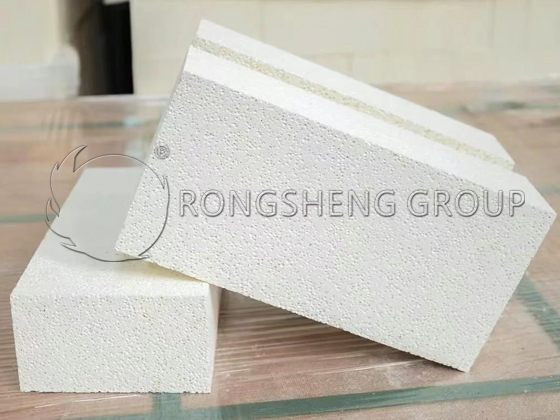
The Use Temperature of Different Grades of Mullite Polylight Bricks
However, different grades of mullite polylight bricks are used at different temperatures. Insulation mullite bricks are generally divided into different grades of JM-23, JM-26, JM-28, JM-30, and JM-32 according to national standards. JM-32 is not used much. The use ratio of JM-23, 26, and 28 is more.
- JM-23 mullite polylight bricks, Al2O3 is 48%, and the use temperature is 1300℃. The volume density ranges from 0.55-1.5, and the most commonly used are 0.8 and 1.0 and body density. Its reburning line changes at 1300℃×24h is ±1.
- JM26 mullite polylight bricks, Al2O3≥55%, and the use temperature is 1400℃. The volume density ranges from 0.55-1.5, and the most commonly used are 0.8 and 1.0 and body density. Its reburning line changes at 1400℃×24h to 0.7-0.8.
- JM28 mullite poly light brick, Al2O3 at 65%, use temperature at 1500℃. The volume density ranges from 0.55-1.5, and the most commonly used are 0.8 and 1.0 and body density. Its reburning line changes at 1500℃×24h to 0.7.
- JM30 Al2O3 at 72%, use temperature at 1600℃. The volume density ranges from 0.55-1.5, and the most commonly used are 0.8 and 1.0 and body density. Its reburning line changes at 1600℃×24h to 0.6.
- JM32 is not often used, and is generally customized according to the special requirements of users.
Different grades of mullite poly light bricks can be used at different use temperatures. Different grades of mullite bricks are selected according to the temperature and use conditions of the user’s kiln and different furnace types. Rongsheng Refractory Factory can also customize and produce polylight mullite bricks according to customer’s specifications.
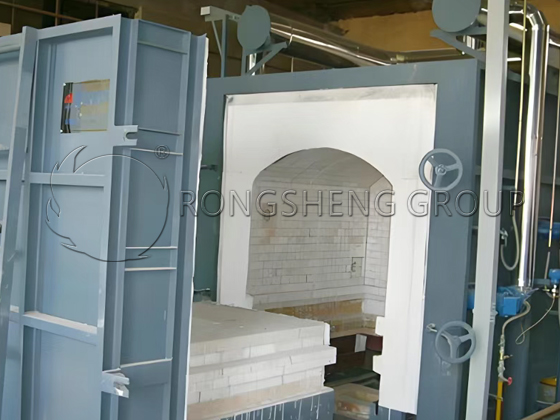
High Temperature Furnace Mullite Insulation Refractory Brick Factory
Mullite insulation brick physical and chemical indicators. Mullite insulation brick, as a material commonly used in building insulation, has excellent insulation performance and mechanical strength. Rongsheng Refractory Factory will elaborate on the physical and chemical indicators of mullite insulation bricks, covering thermal conductivity, compressive strength, water absorption and other aspects.
- Heat conductivity is an indicator to measure the thermal conductivity of materials, usually expressed as λ, with the unit of W/(m・K). The thermal conductivity of mullite insulation bricks is mainly affected by factors such as the density, porosity and composition of the material. Generally speaking, the lower the density and the higher the porosity of mullite insulation bricks, the lower its thermal conductivity. According to national standards, the thermal conductivity of mullite insulation bricks should be less than 0.065W/(m・K) to ensure its excellent insulation performance. To achieve this requirement, manufacturers usually take measures such as controlling the raw material ratio and optimizing the process to reduce the thermal conductivity of the brick body.
- Compressive strength is an indicator used to measure the compressive performance of materials, usually expressed in MPa. The compressive strength of mullite insulation bricks is directly related to their service life and safety performance in building structures. Generally speaking, the higher the compressive strength of mullite insulation bricks, the more they can withstand external loads. According to national standards, the compressive strength of mullite insulation bricks should be greater than 1.5MPa. In order to improve the compressive strength of mullite insulation bricks, manufacturers usually use methods such as adding reinforcing materials and adjusting the firing process to improve them.
- Thermal conductivity is an indicator that describes the thermal conductivity of a material, usually expressed in K, with a unit of W/(m・K). The thermal conductivity of mullite insulation bricks is the ratio of thermal conductivity to material thickness, which is used to calculate heat transfer per unit area. According to national standards, the thermal conductivity of mullite insulation bricks should be less than 0.065W/(m・K). By controlling the thermal conductivity and thickness of the brick body, the thermal conductivity of mullite insulation bricks can be effectively reduced and its insulation performance can be improved.
- Density is an indicator that measures the relationship between material mass and volume, usually expressed as ρ, with the unit of kg/m³. The density of mullite insulation brick directly affects its thermal conductivity and compressive strength. Generally speaking, the lower the density of mullite insulation brick, the lower its thermal conductivity, but the compressive strength will also be reduced accordingly. Therefore, when designing, it is necessary to weigh the requirements of thermal insulation performance and structural strength and select an appropriate density.
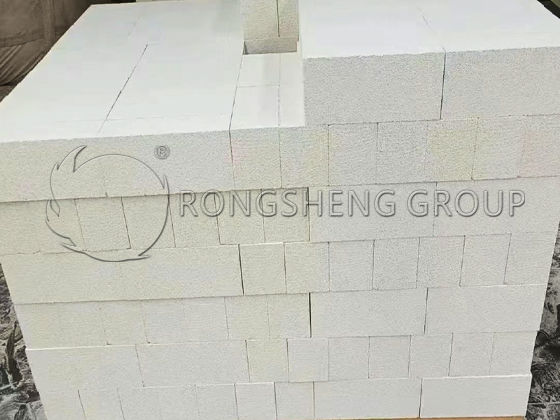
Rongsheng Mullite Insulation Brick
The physical and chemical indicators of mullite insulation bricks are an important basis for evaluating their insulation performance and performance. By controlling the thermal conductivity, compressive strength, water absorption and other indicators of the brick body, the insulation effect and service life of mullite insulation bricks can be improved.
In actual use, it is necessary to select suitable mullite insulation bricks based on the specific requirements and environmental conditions of the building. At the same time, manufacturers also need to continuously improve the process and material formula to improve the performance and quality of mullite insulation bricks to meet market demand.
